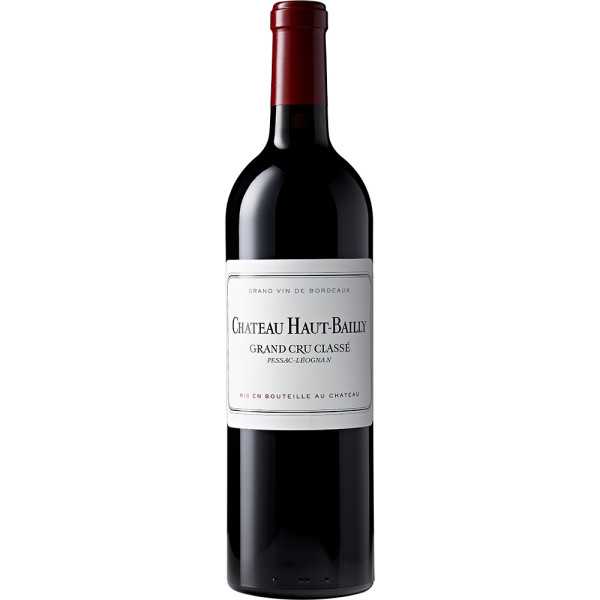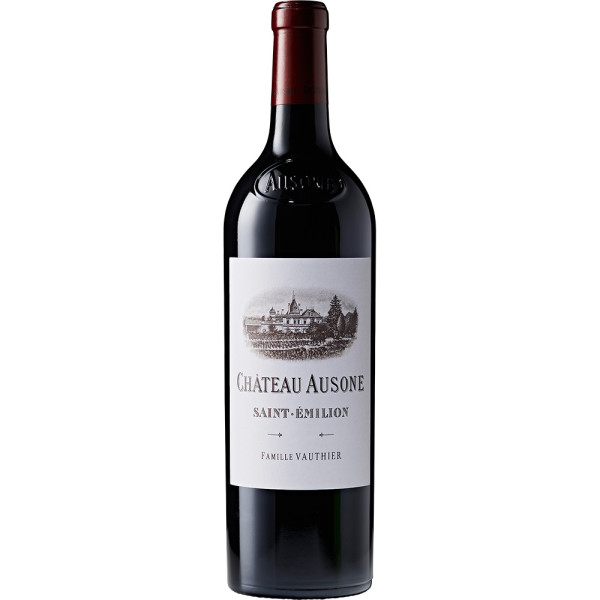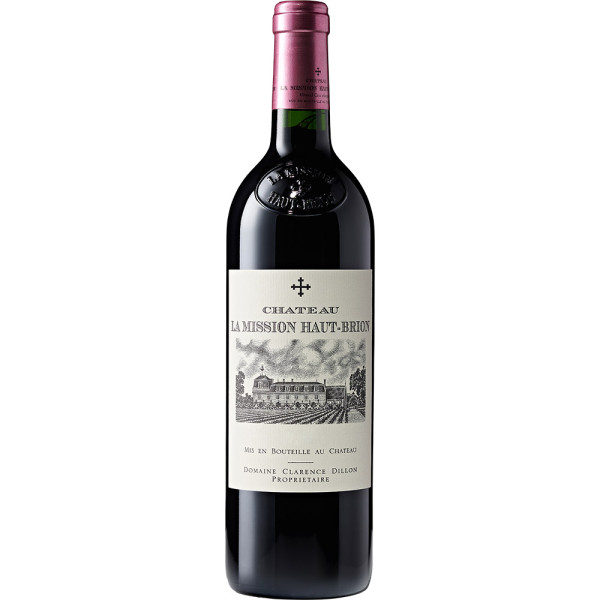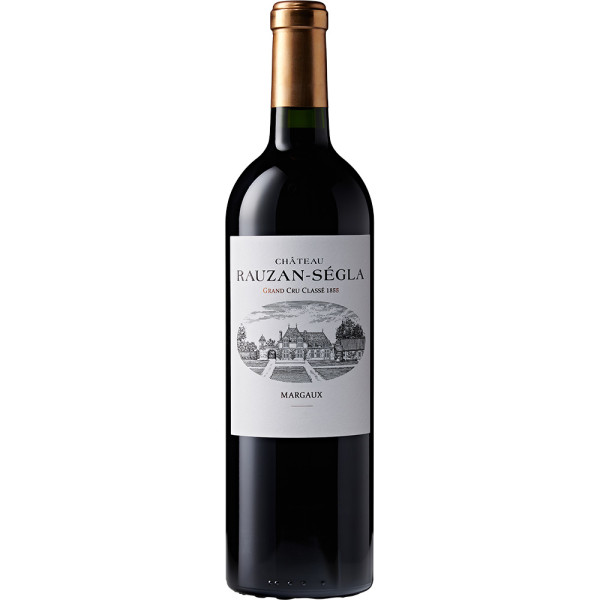
Bordeaux En Primeur 2023 Vintage: Update & First Releases
First releases setting a promising precedent?
This morning saw the first major releases of the 2023 vintage, setting a promising precedent for future releases. Léoville Las Cases (98-100 JA / 96-98 WA) was introduced to the market with a notable 40% reduction from last year's release price, aligning its euro pricing with that of the 2019 vintage. This was followed by Pontet-Canet (98-100 JA / 94-96 WA), which came out at a 27% discount compared to the 2022 vintage.
In a year where pricing could decisively influence market dynamics, these initial offerings may well signal a trend of similar reductions by other producers, potentially leading to widespread discounts across the board.
If you want to participate in the Bordeaux 2023 En Primeur campaign and receive priority allocations of the key releases please register your interest below:
Register your interest in Bordeaux 2023
*JA = Jane Anson / WA = Wine Advocate
2023 Vintage synopsis
This vintage defies broad generalisations. If pressed for a quality assessment across various producers, appellations, and varietals, I would describe 2023 as ranging from good to very good. Over time, the nuance of Bordeaux vintages often fades, reduced to simplistic descriptors like prime or off-prime. Yet, technical advancements and climate change have compelled us to reconsider these arbitrary categorisations—does Bordeaux even produce 'bad' vintages anymore?
When compared, 2023 appears a notch above the 2021 and 2017 vintages, which were lesser in quality, but it does not quite reach the peaks of the 2016, 2018, 2020, and 2022 vintages. Regarding quality, it aligns more closely with 2019 and 2015, surpassing years like 2014, 2012, and 2011. Essentially, this vintage will attract consumers with its elegance, precision, and freshness.
In any En Primeur campaign, pricing is crucial. With production up significantly this year, these wines are unlikely to be scarce in the future, which undermines any perceived exclusivity in the Bordeaux market, except perhaps for limited production, trophy wines such as Le Pin, Petrus, and Lafleur. Thus, beyond quality and scores, price is the primary driver of any En Primeur campaign. Even the most altruistic buyer may feel disillusioned upon taking delivery of bottles that could have been purchased later for less or at a similar price. The argument for provenance also loses weight, given that the wines can be bought in two years, knowing they have only ever been at the Château.
Additionally, the global wine market has experienced significant headwinds over the past 12-18 months due to economic slowdowns in China, Europe, and the US and rising interest rates. Luxury goods, including fine wine, have been impacted, as evidenced by the performance of companies like LVMH and Kering. Despite high-quality wines, the 2022 En Primeur campaign faltered due to weak demand, affecting the Place de Bordeaux system. However, history shows that similar market conditions in 2008, 2014, and 2019 led to successful consumer campaigns, with top wines from those vintages achieving substantial value growth shortly after release.
During our trip this year, discussions about market conditions and pricing were frequent. There are rumours that Lafite Rothschild may set Thursday’s (2nd May) ex-château price in line with 2019, around £2,250 per six ex-London, a symbolic reduction from last year. This campaign could revitalise the market if other estates align their pricing similarly. One négociant noted that the top 20 wines, including first growths and super seconds, account for over 60% of a campaign's value. Getting the pricing right for these estates is crucial for injecting capital into the system and ensuring a successful campaign.
Download the full Best Buys for Bordeaux 2023 wine list and analytics
The full list, including criteria price data, analytics and ranking is available to download as an Excel XLSX file and static PDF file.
*Price data and performance correct as of 19th April 2024
The Vintage growing season
After several days spent meeting winemakers across Bordeaux, it was clear that this is not a homogeneous vintage. Although the weather experienced was generally consistent throughout the region, the type of weather meant it presented unique challenges to each estate, leading to considerable variability in problems faced and techniques used to address them. Variations were particularly pronounced in terms of picking dates, harvest sizes, and the impact of mildew.
This year’s most notable feature was the early onset of bud break and flowering across the region, occurring around 10-15 days earlier than average at the end of March, followed by strong flowering in Spring. This early start meant that unlike other years threatened by April frosts, the vines were well advanced early in the season, allowing for increased grape volume and production. It also meant that winemakers faced a longer growing season, which presented its own challenges but allowed for more grape production.
The next challenge was an unusually hot and humid June following the early start. While average temperatures spiked, stormy, wet weather brought high humidity, resulting in misty, hot mornings. This atmosphere was ideal for mildew, posing a significant challenge. Estates like Domaine de Chevalier faced considerable mildew pressure, producing significantly lower yields, while others, like Château Palmer, managed better due to swift responses in managing their biodynamic and organic practices.
Temperatures generally fell back in July and August despite a late heatwave. This period, slightly warmer than the average for the past twenty years, featured reduced sunlight due to overcast conditions. Some estates undertook green harvesting and crop thinning to manage the abundant growth and improve grape quality, though practices varied across the region.
A mini heatwave at the end of August proved critical for this vintage, accelerating ripening, and aiding in achieving phenolic maturity for both red and white varieties. Many vignerons chose to harvest their white during or immediately after this heatwave to preserve freshness in the Sauvignon Blanc.
The variability of the vintage was further reflected in the wide range of harvest dates, with some estates reporting up to five weeks between the start and end of harvesting. This variability was influenced by the early onset of veraison and different ripening stages across grape varieties, plots, and vines. Generally, this vintage features lower alcohol levels, with some wines at 13-13.5% and others harvested later, reaching up to 14-14.5%.
Overall impressions and highlights
This vintage can best be described as fresh, elegant, and classically styled, yet misleadingly so, as the wines are anything but austere or lean. Nearly all exhibited a pleasing level of fruit purity, not reaching the opulence of 2022 but notable for their precision. The aromatically expressive wines offered attractive floral notes intertwined with ripe merlot and cabernet fruits. The lower alcohol and high acidity contributed to a sense of freshness and elegance without any heaviness.
Whilst I had to return early from the trip and thus missed tasting at the properties in Saint Estèphe and Pauillac (which, my colleagues reliably informed me, were the standouts and highlights of the trip), I managed to taste quite extensively across Saint-Émilion, Pomerol, Margaux, St Julien, and Graves.

Château Haut-Bailly 2023
ABV 14.3% - 58% Cabernet Sauvignon, 34% Merlot, 4% Cabernet Franc, 4% Petit Verdot
This vintage has been named ‘Odyssey’ after the Greek mythology to represent the journey and challenges faced by the wine in this vintage. The total yield for the estate was 40 hl/ha in 2023, compared to 30 hl/ha (+33%) in 2022 and 20 hl/ha (+100%) in 2021.
50% of the total production was allocated to the grand vin, 35% to HB2, and 10% to HB. An interesting fact: The grand vin always includes the 4-hectare plot of 120-year-old vines (the first vines planted after phylloxera), some of the oldest vines still in production in Bordeaux.
Tasting Notes:
Exceptionally fragrant on the nose, with expressive notes of red and purple fruit interspersed with touches of spice. The palate displays a nice richness and balance, very elegant. Bright, juicy red and dark fruits, with a lovely tension and verve on the finish. Notes of spice and minerality, and fine dry tannins.

Château Ausone 2023
60% Cabernet Franc, 40% Merlot
Tasting Notes:
This is a sensational wine for the vintage. A pure nose of ripe red berry and dark cherry. There is considerable power and precision here, really bright and juicy, and wide from a lovely streak of acidity on the mid-palate. Lots of material, unctuous and savoury on the finish, with a superbly long finish. Lots of complexity.

Château La Mission Haut-Brion Rouge 2023
53% Merlot, 30% Cabernet Sauvignon, 17% Cabernet Franc
Tasting Notes:
Pure nose with hints of florals, quite pretty. Super bright and unctuous on the palate, coats the mouth with elegant and refined fruit, but with good intensity and power. Really juicy, with red and dark fruits, and the finish is bright and energetic with lovely acidity. It exudes power, energy, and purity, whilst feeling refined and elegant.

Château Palmer 2023
50% Cabernet Sauvignon, 46% Merlot, 4% Petit Verdot
The total yield was 32 hl/ha. They had hoped to hit 40 hl/ha but lost about 20% through shrinkage during the heatwave at the end of August. Picking of their Cabernet Sauvignon was delayed until 5th October, as they were waiting for full ripeness. Harvest began on 11th September. They expect to produce 150,000 bottles of Palmer and 65,000 bottles of Alter Ego in 2023. Both wines were vinified using less new oak and will spend 12 months from June to June in large wooden foudres.
Tasting Notes:
The wine exhibits a beautiful mouthfeel, really coating the mouth and caressing the tongue with luxurious silkiness and pure red and dark fruits intermixed with spice and cedar notes. Nice concentration and density of fruit on the palate. Fine, chalky tannins on the finish, which is long and fresh.

Château Rauzan-Ségla 2023
85% Cabernet Sauvignon, 13.5% Merlot, 1.5% Petit Verdot
Tasting Notes:
Red fruit leaps out of the glass; on the palate, this is elegant and pure with a nice core of rich, fresh fruit. It leans towards the redder side of the fruit spectrum with raspberry, cherry, spices, and lovely floral notes. The finish is mineral-driven with lovely chalky tannins.
Interested in investing in Bordeaux EP 2023?
Register your interest to speak one of our experts and discuss this opportunity today!





